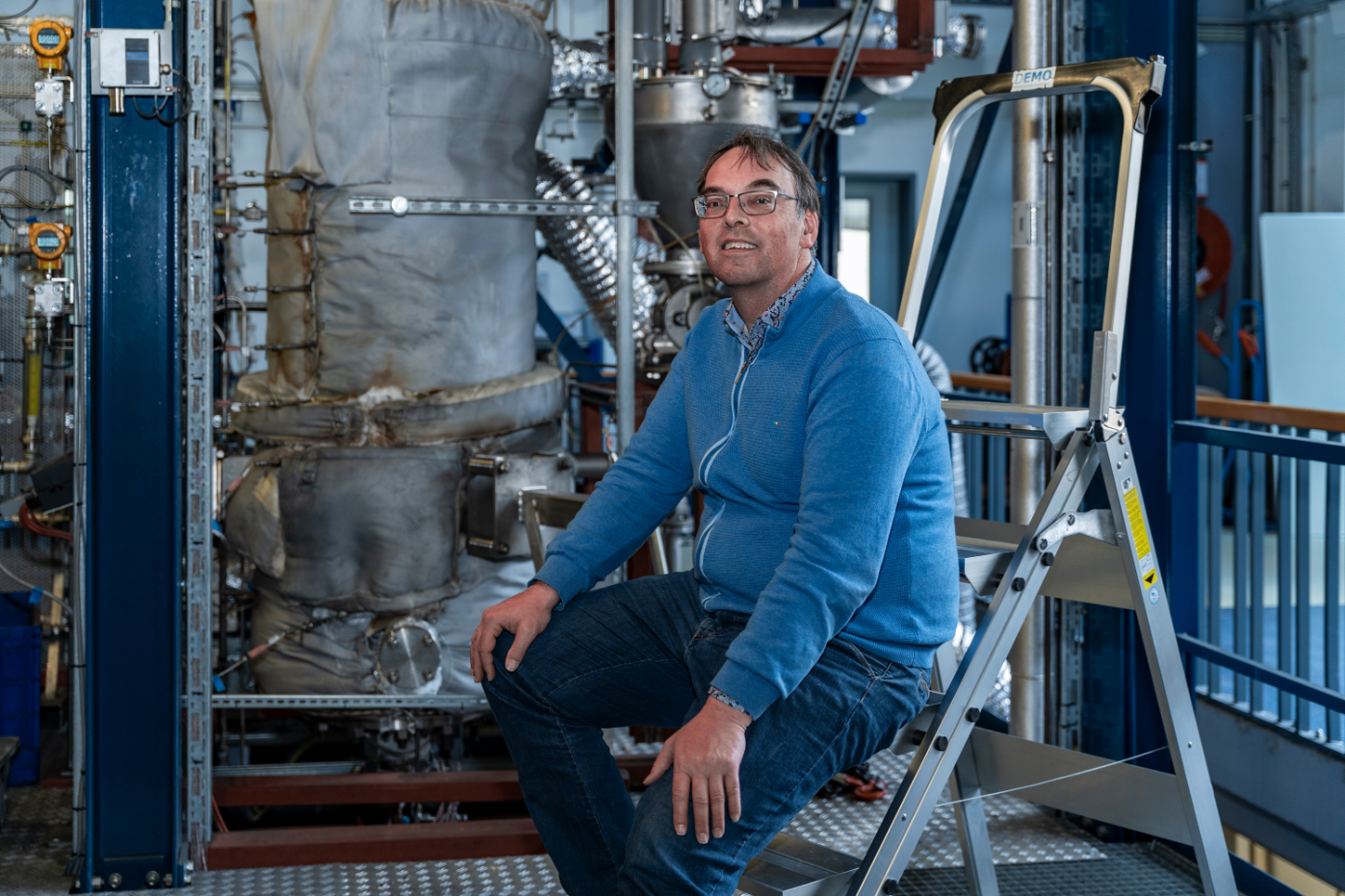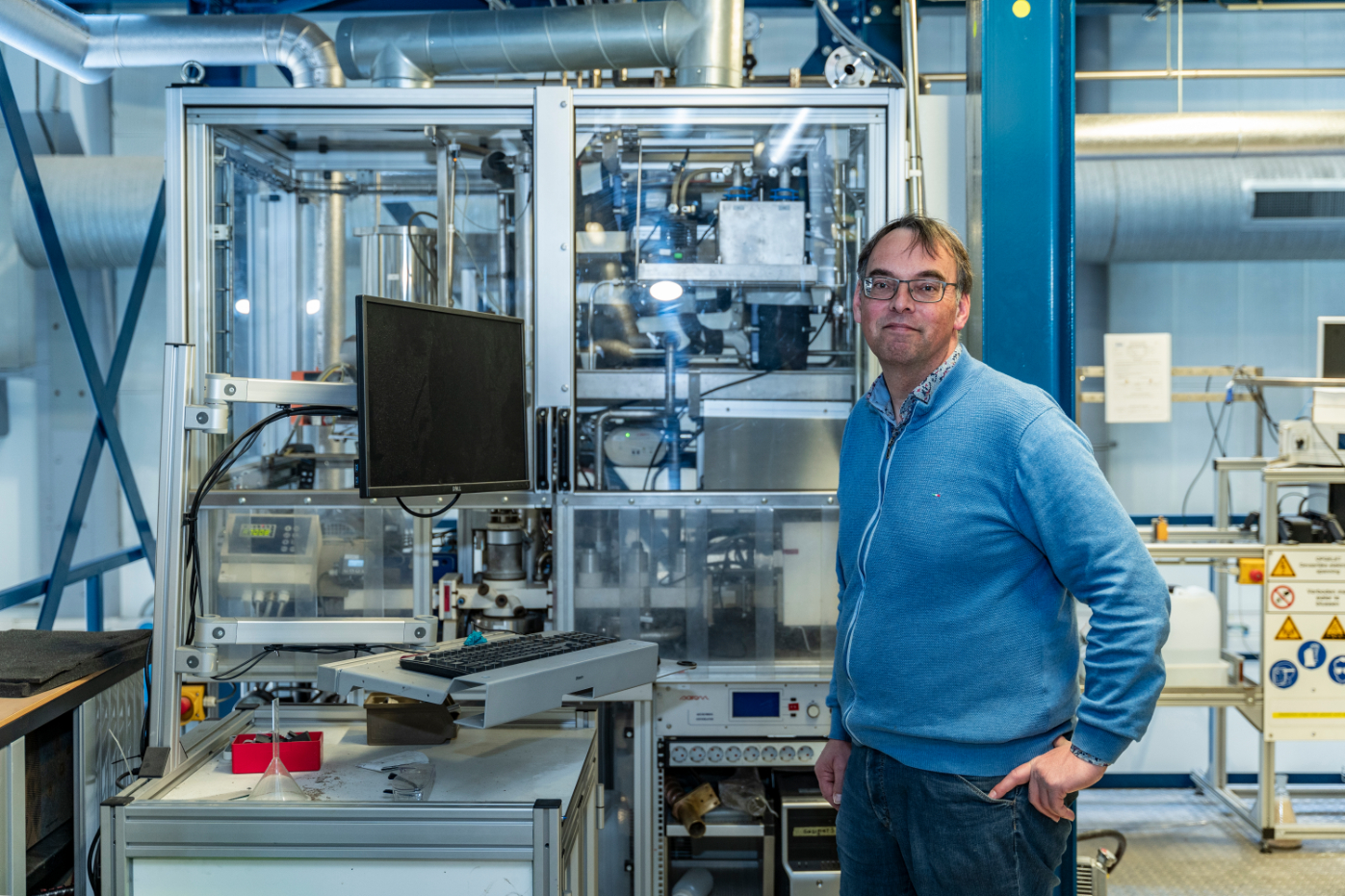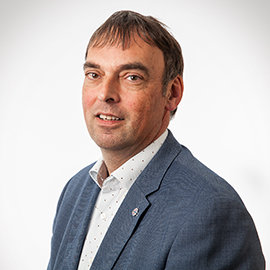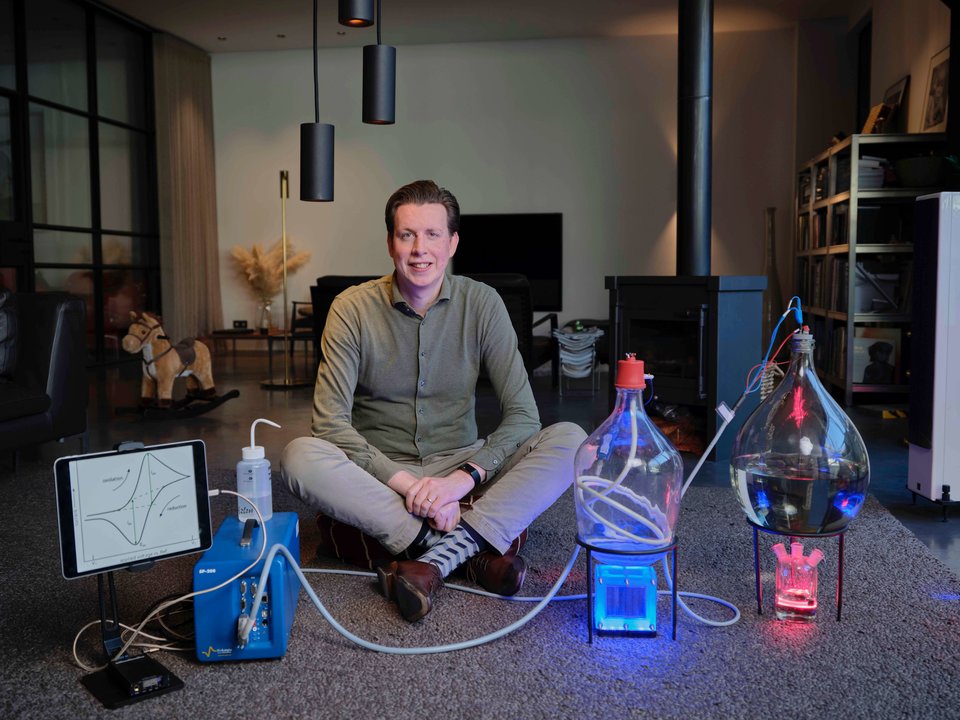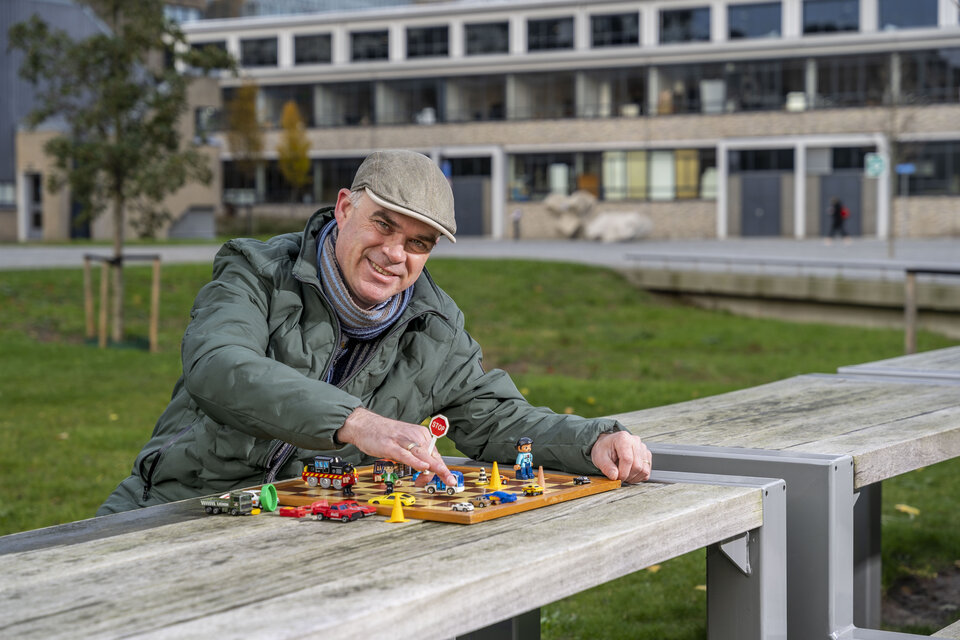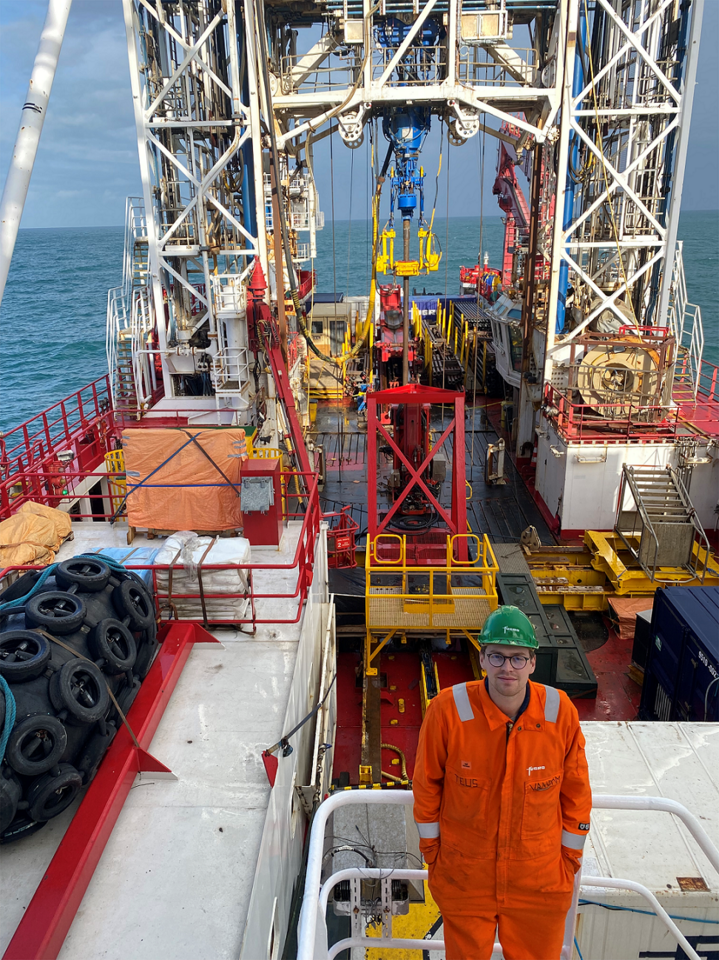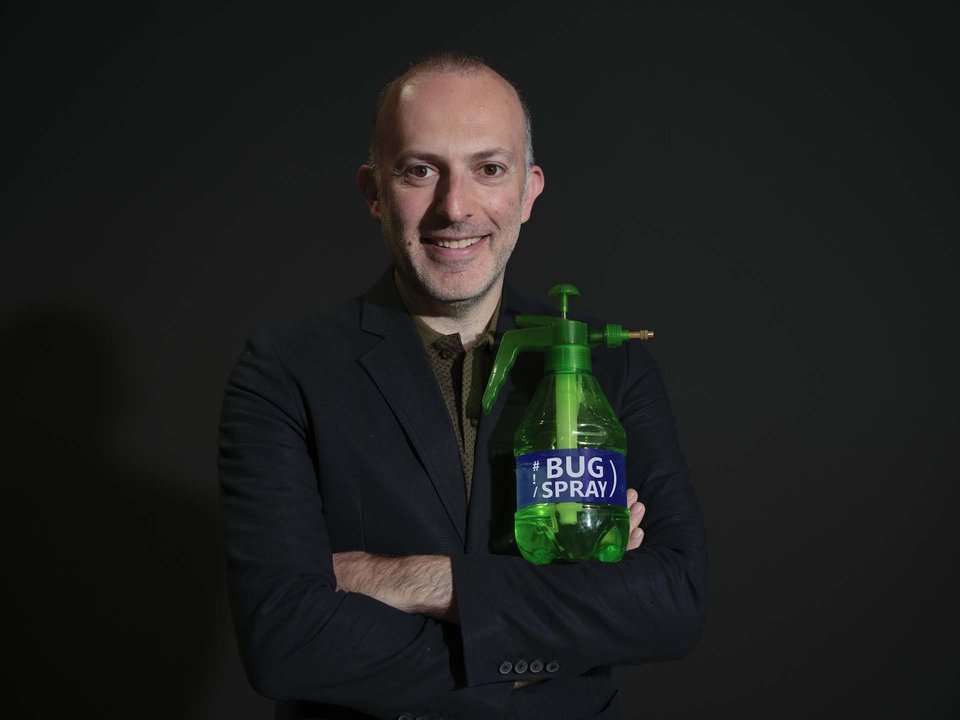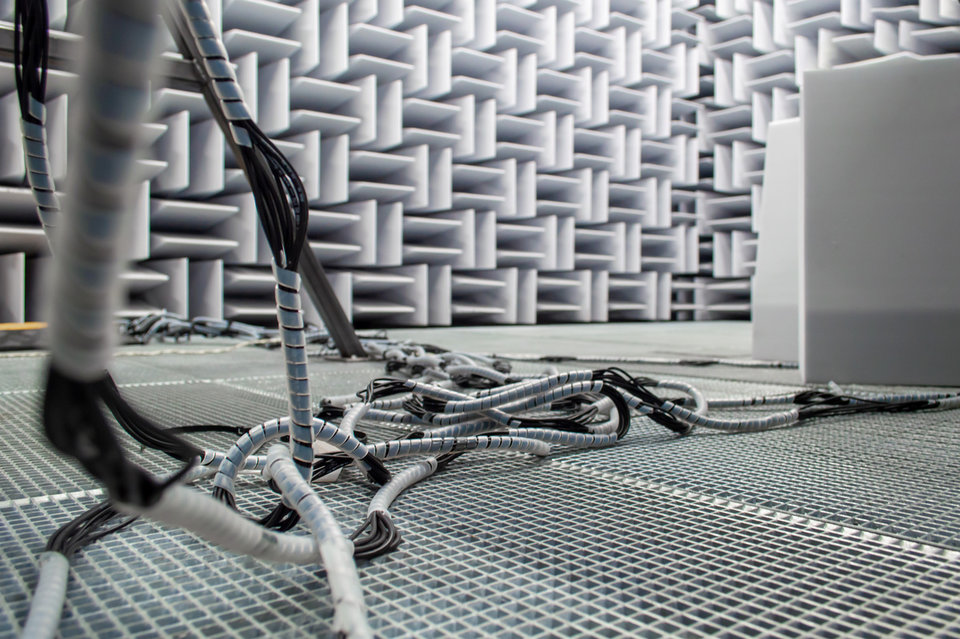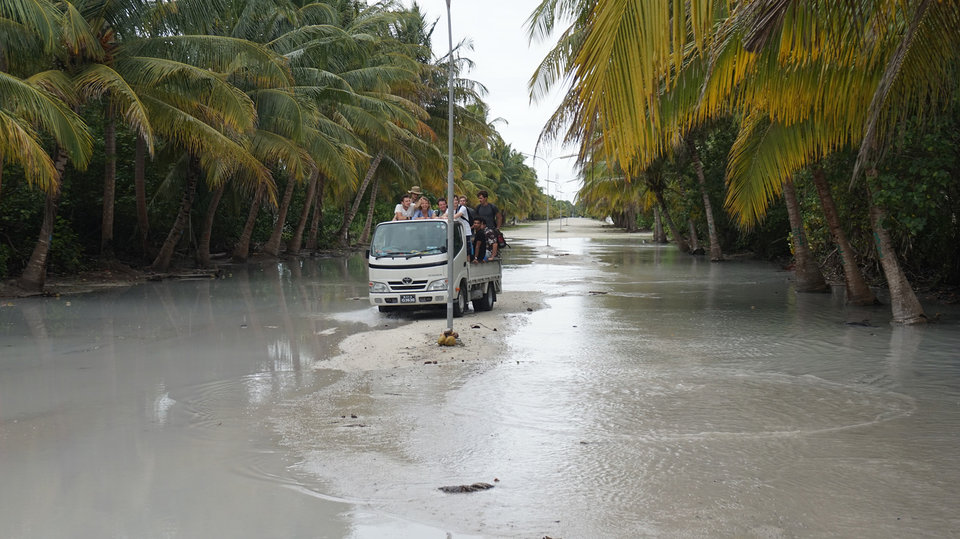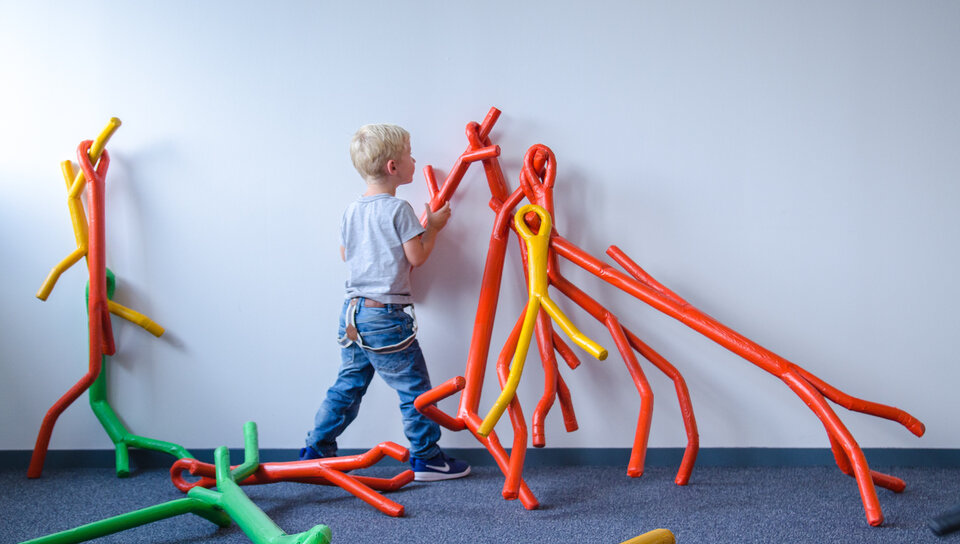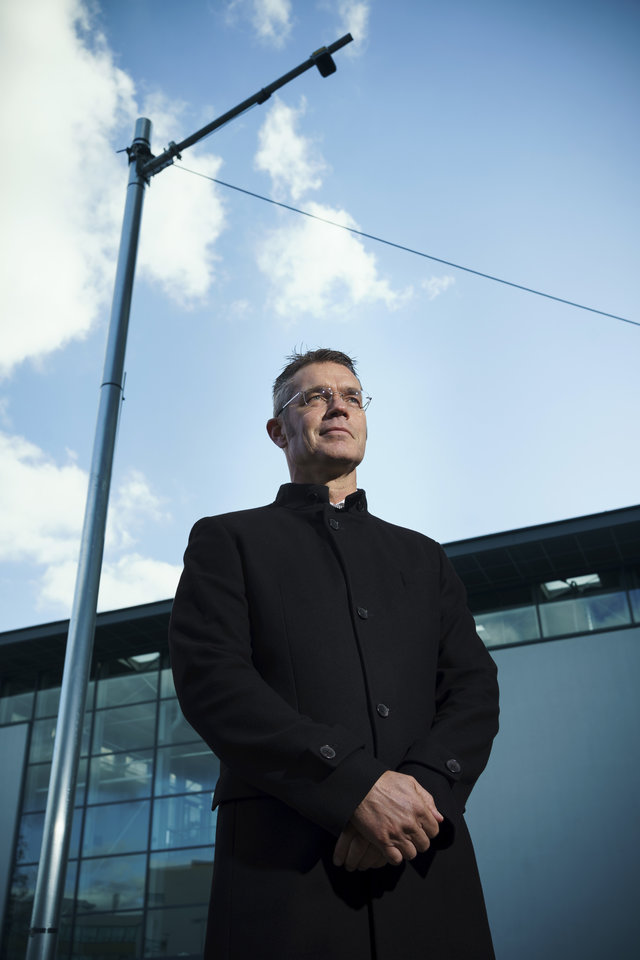To reach the 2050 climate targets, we must give up fossil fuels and fossil raw materials, and switch to circular carbon. ‘It will take a while to work out all the details,’ says TU Delft professor Large-Scale Energy Storage Wiebren de Jong . ‘But in thirty years’ time, the chemical industry as we now know it will no longer exist.’
Capturing CO2 from flue gases, and soon also directly from earth’s atmosphere, is an important strategy in reaching our climate targets. We already have the technology to store the captured CO2 underground – in empty gas fields in the North Sea, for example. But rather than labelling CO2 as a waste product, it is much more interesting to think of it as a reusable, and thereby sustainable, raw material. From a thermodynamics point of view, CO2 indeed is at the bottom of the scale, or nearly so; carbonate salts are even more stable – it always requires energy to turn it into something useful. ‘The energy transition and the raw materials transition go hand in hand,’ Wiebren de Jong says. ‘The chemical processes underlying Carbon Capture and Utilisation will have to make use of sustainable energy. Such energy is scarce, expensive, and not continually available.’
Technology from here, energy from elsewhere
In the Netherlands, green electricity will probably always be relatively expensive. Our country has insufficient space, a watery sun, no waterpower, although offshore wind may be of interest. ‘It makes sense to concentrate high-energy processes in regions such as the Sahara, Chili or the Middle East,’ De Jong says. A large reduction in the global use of fossil fuels and fossil raw materials can already be achieved with the sustainable production of only a handful of bulk chemicals – syngas, methanol, and ethylene, for example. Countries such as the Netherlands can play a role in the subsequent conversion of these bulk materials into fine and specialty chemicals.
We have to redesign chemical processes for them to operate dynamically.
A dynamic chain
De Jong is specialised in the sustainable conversion of CO2 by means of the so-called indirect route, also known as the multi-step route, using green electricity and green hydrogen. Together with several other (technical) universities he recently submitted a large-scale NWO Perspectief programme idea, named CO2URAGE. In collaboration with industry partners, they aim for a dynamic process design – one that can cope with fluctuations in the amount of available green energy, green hydrogen, and, sometimes, fluctuations in CO2¬ quality. De Jong: ‘Selectivity is an important aspect. Especially when operating dynamically, you want to produce only that one desired end-product. Without such selectivity, you may need to add tens of further separation phases that are very costly in terms of energy use.’ In realising the energy and raw materials transition, it is also important to ensure that upscaling in one part of the chain doesn’t cause downstream (or upstream) problems. ‘Within CO2URAGE, we therefore collaborate with parties representing the entire value chain. The TU Delft e-Refinery institute is a multi-faculty collaboration for that same reason.’
Thirty years is short notice
The year 2050 seems very far away, but it takes a good twenty to thirty years to get from a good idea to its full-scale commercial implementation. The only reason we are ready to go ahead with carbon storage in the Netherlands (and in Norway) is because, at the turn of the millennium, the government encouraged universities and industry to collaborate on this topic. Carbon utilisation, however, is still in its infancy. De Jong: ‘People tend to think that CO2 conversion is ready to be commercialised. That is not the case. The indirect route of converting CO2 using hydrogen is further advanced when compared to direct electrocatalysis. But for both processes, the underlying technology is a point where it still needs to be almost completely reinvented.’
An integral approach
Carbon Capture and Utilisation is extremely important, but it is only one part of an integral approach to achieve the required raw materials transition. ‘Sustainable transport and large-scale (seasonal) storage of sustainable energy are also part of the equation,’ De Jong says. ‘And so are the mechanical and chemical recycling of plastics.’ But the real solutions have to come from the young generation that is currently being educated,’ De Jong says. ‘Their education, and the associated infrastructure, are of the utmost importance. That is a core focus of TU Delft.’
Most solutions will come from the young generation that is currently being educated.
Wiebren de Jong is professor in the department of Process & Energy at the faculty of Mechanical Engineering (ME). He investigates novel process concepts for large-scale (seasonal) storage of sustainable electricity as well as for its conversion into fuels and bulk chemicals. All of this integrated with biomass conversion and circular conversion of plastics.

